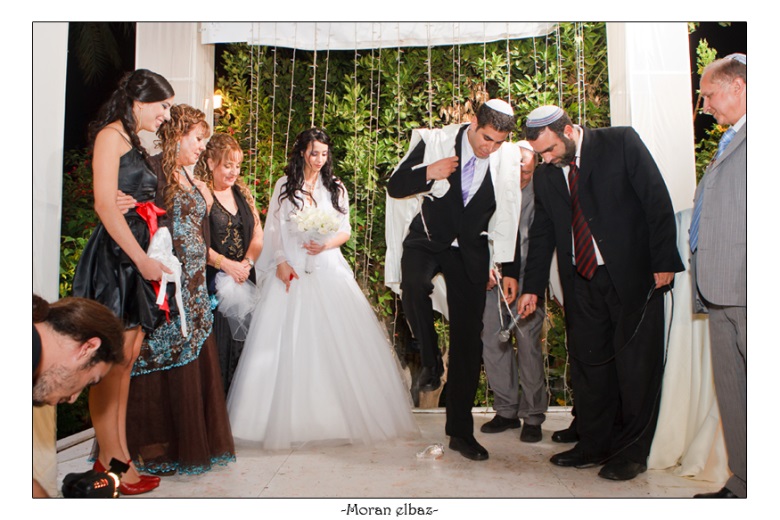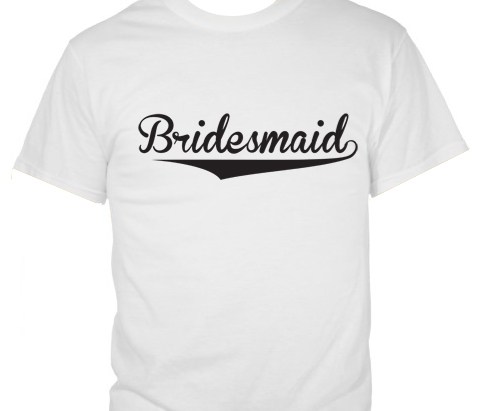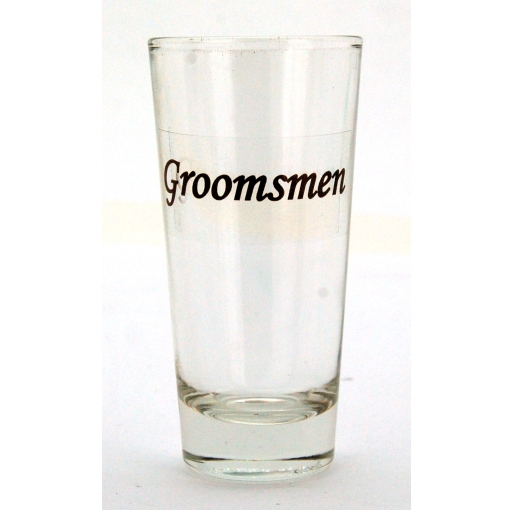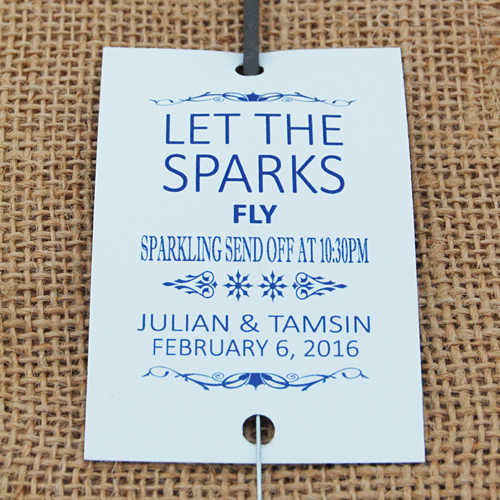Jewish Weddings
A Jewish wedding is filled with meaningful rituals and traditions and is renowned for being one of the most colourful ceremonies in the world.
Before the Ceremony
A wedding is one of the cornerstones of the Jewish lifecycle, and almost as soon as a couple is engaged, these rituals begin with a ceremony known as tenaim, which involves breaking a plate to symbolise the destruction of temples in Jerusalem, and the signing of a contract that outlines the obligations of each side regarding the wedding, during a small reception known as vort.
It’s worth mentioning that whilst arranged marriages were common in the past, it is only some ultra-orthodox communities that continue this practice today. One week before the wedding, bride and groom traditionally stop seeing one another.
It is during this week, leading up to the wedding, that various celebrations take place: the groom attends a ceremony called an ufruf, which involves his going to the synagogue where he takes an active part in the service and the wedding is announced to the congregation; the bride attends a ritual bath, or mikveh, where she cleanses herself spiritually, removing everything, including jewellery and nail polish, before reciting a special prayer.
There is no specific traditional dress for a Jewish wedding, although brides tend to wear white, and for the more orthodox weddings, the groom arrives wearing a white robe known as a kittel, to symbolise the clean white slate of their marriage.
The Ceremony
The wedding ceremony itself is presided over by a Rabi and takes place under a chupa (chuppah) – a symbol of the home that the couple will share. The ceremony normally takes place in a synagogue, but as long as the chupa is present and the marriage takes place under a rabbi’s supervision, it can be held anywhere. It is also traditional for the bride and groom to fast on the day of the wedding.
Even before the ceremony takes place, the ketuvah, or marriage contract, is signed in the presence of four witnesses and the officiator of the service. It outlines the legal terms of the marriage. Shortly after the ketuvah the groom performs the bedekin or veiling of the bride - a symbol of the groom’s intent to clothe and protect his wife.
Traditionally, the bride’s father escorts her to the chupa, where she is the last person to arrive and traditionally circles the groom seven times, a symbol of the woman as the protective, surrounding light of the household. Less orthodox brides circle as little as once around the groom, where after the Rabbi blesses the wine and the bride and groom drink the first of seven cups of wine they will drink together during the ceremony and reception. The giving of the ring, or kiddushin, that follows, is an important part of the ceremony. The ring, usually plain and gold, is placed on the bride’s finger as the groom recites a verse.
The Rabbi then recites the seven blessings, or sheva brachos, although sometimes these are given to various people the families wish to honour. The ceremony ends with the breaking of a glass by the groom – one of the more recognisable Jewish traditions. The bride and groom are now married, and are accompanied by dancing guests to the cheder yichud, or a private room – traditionally an intimacy reserved only for a married couple.
The reception follows a pattern similar to those in other religions, such as the saying of speeches, but one other religious ritual that will occur is the blessing of the challah bread, and Jewish dancing to traditional songs is a big part of the reception.
Photo Credit: al-romance.com





